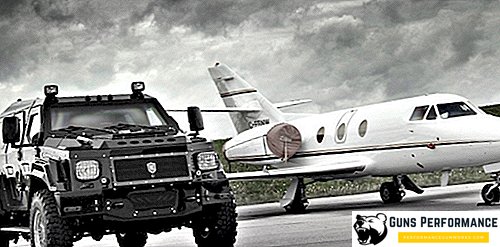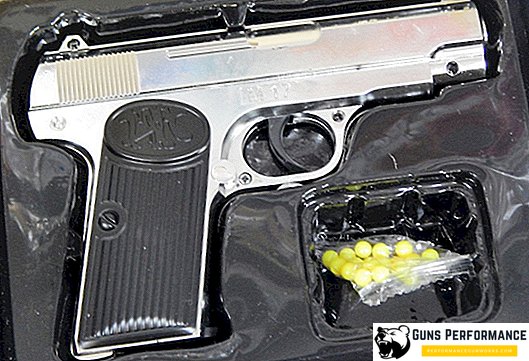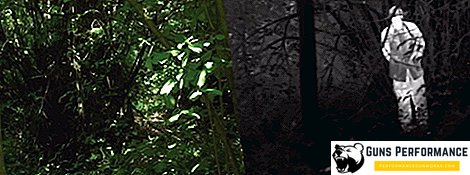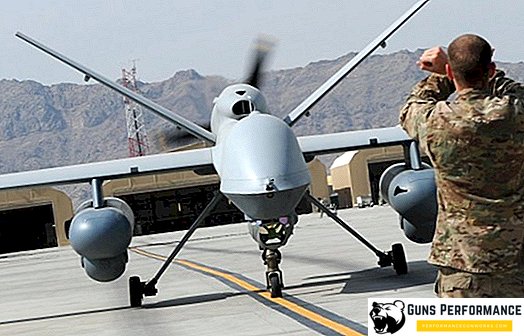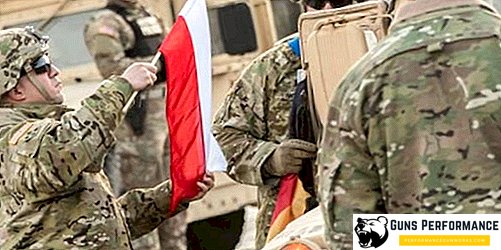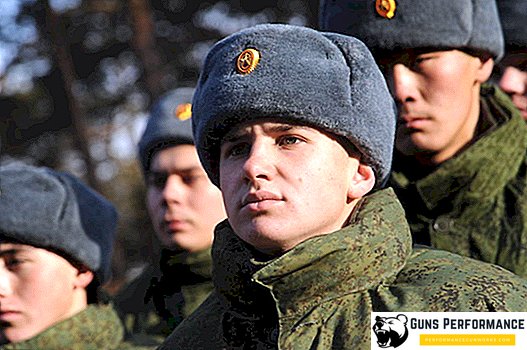Until recently, army aviation was one of the weakest points of the People’s Liberation Army of China. Today, it is not only developing in numerous directions, but there is also a declaration on its transformation into the main striking force from the means of supporting the Ground Forces. A striking example of such a transformation was the creation and introduction into the troops of the newest attack helicopter Caic WZ 10. The letters WZ mean Wuzhuang Zhishengji, which literally means "armed helicopter."
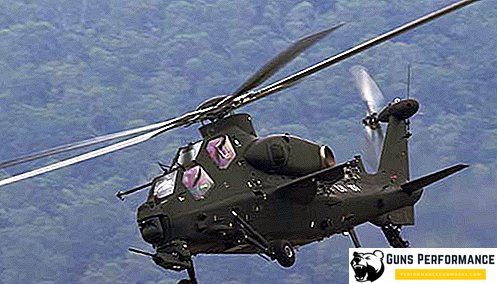
The history of the creation of the helicopter WZ-10
Caic wz 10 - Chinese attack helicopter, which was adopted by the Chinese army in February 2011. The official version of China says that caic wz 10 is a proprietary development, but the helicopter was developed with the participation of Russian specialists. The attack helicopter wz 10 was built according to project 941, which was developed in 1995 by Russia.
The design of the helicopter was carried out in KB "Kamov" by request of the government of the PRC in accordance with the requirements for which the aircraft must have a weight of six tons, as well as other flight characteristics. The participation of Russian specialists in the creation of the WZ-10 was limited only to the design of the machine. China independently built all flight prototypes for testing, as well as serial machines. Experts from the Middle Kingdom themselves produced a refinement of the project.

The first flight of the helicopter was carried out in 2003. Production began in 2010, and in service with the PLA WZ-10 entered in February 2011.
Technical characteristics of the helicopter WZ-10
Helicopter Caic WZ 10 has the following technical characteristics:
- The crew consists of 2 people: the weapon operator and the pilot.
- The length of the fuselage is 14.5 m.
- The diameter of the rotor is 13 m.
- The mass of the empty helicopter is 5540 kg.
- The curb weight of the helicopter is 7000 kg.
- The maximum take-off weight is 8000 kg.
- The power plant consists of 2 turboshaft engines Zhuzhou WZ-9.
- Engine power is 2 × 1285 l. with.
- The maximum speed is 300+ km / h.
- Cruising speed is 270+ km / h.
- The practical ceiling is 6400 m.

Armament:
- Gun-gun armament includes 1 × 23 mm cannon.
- 4 point suspension.
- The combat load is 1500 kg.
- Guided missiles:
- unguided rockets include 4 blocks of caliber 90 mm or 57 mm;
- air-to-air missiles include the TY-90;
- air-to-ground missiles include up to 8 × HJ-10 “Red Arrow” ATGM.

Design features of the helicopter WZ-10
- The helicopter was created according to the classic single-rotor scheme with a tail support and retractable tricycle landing gear. The narrow fuselage, which is trapezoid in cross section, is made using composite materials and is also equipped with a short wing.
- The crew is in tandem. The glazing and cabin of the helicopter are armored. For safety during an emergency landing the chassis is made of energy-absorbing and non-retractable. The onboard equipment of pilots fulfills the principle of a glass cabin, for which large MFIs are installed. The crew seats and the fuselage are made with regard to the possibility of a relatively coarse emergency landing.
- Caic WZ 10 is equipped with 2 turboshaft engines. Measures to reduce IR visibility are used. The blades are made of composite materials, and the rotor consists of 4 blades.
- The control system of the helicopter - electro-remote.
- Housing WZ-10 made by stealth technology.
- The helicopter armament includes an OPS, which is located in the nose, as well as a 23-mm guided rotary cannon. The guided missiles are mounted on 4 points of the wing hangers.

Interesting Facts
In 2012, there was a "motor" scandal. The US government fined United Technologies Corp., one of America’s largest financial-industrial groups, for $ 75 million for supplying engines to China illegally. The engines were designed for helicopters WZ-10. Pratt & Whitney, a subsidiary of United Technologies, was engaged in engine manufacturing. For many years she sold engines to China for passenger and civilian transport helicopters.

The engines that were supplied for the WZ-10 differed from the civilian versions only by the software. As a result, China had to abandon engines PT6C-76C, which stood on the first prototypes. On the production machines began to put less powerful engines WZ-9, produced in China.
China has long argued that Caic WZ 10 is a fully Chinese design. However, in 2013, Sergey Mikheev, general designer of Kamov, at the Heli-Expo exhibition, said that the helicopter was created on the basis of the sketch project "941" and this information was kept secret for quite some time.


